Amidst the 25 sprawling districts of Seoul lies a colorful neighborhood called Itaewon and it is the country’s crossroads for all things foreign. Accordingly, the area is home to most of Korea’s foreign population of 20,000 plus ex-patriots in addition to housing the Yongsan Garrison of some 20,000 American troops and affiliates. The main Itaewon strip holds a long history of cultural commerce catering to the foreign population, rampant tourists, US military personnel, and of course, native Koreans.
A stretch of street carts and elderly hustlers swindle vulnerable tourists for counterfeit Gucci bags and LV wallets. Nestled behind the strip and atop a small hill, dodgy bars and gay clubs entice super camp crowds. Quaint Korean couples in matching outfits wait in lines for hours for what is over-priced ‘American-style brunch.’ Herds of Chinese tourists take over entire restaurants for what is ‘authentically Korean BBQ’. Hooker Hill seats transgenders on corners making cat calls to foreign businessmen with hungry eyes. In narrow alleys, Africans and Middle Easterners slang used cell phones and international calling cards next to stalls of steaming Korean street foods. As if it’s very own borough in Yongsan District, Itaewon thrives on the constant clashing of all these cultural, social and political forces. It survives on the coming and going of different people from different places- on the transience of hybrid culture.
Fluid and unconventional, this hybrid culture underlines the inimitable influence of Itaewon on Korean mass culture- more specifically for this feature, Korean popular music culture. By examining Itaewon’s historic practice of music circa the Cold War to the present, we can begin to understand how K-pop music came to sound the way it sounds and even look the way it looks. Even more, we can make sense of how a lesser-known Korean rapper was able to bring a mob to SXSW 2015 with just one song on YouTube.
This is how fifty years of a minority music and club scene established what is K-Pop today.
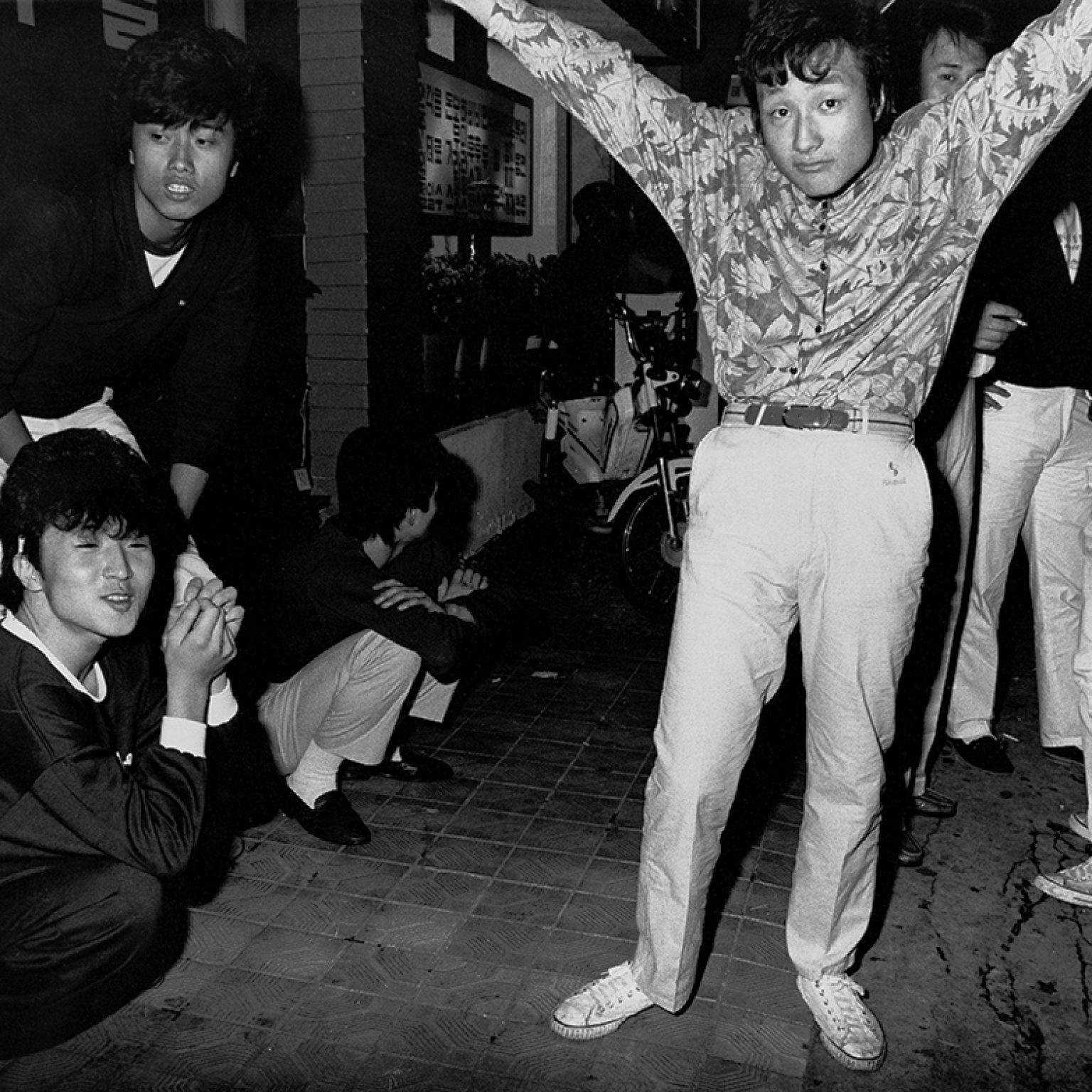


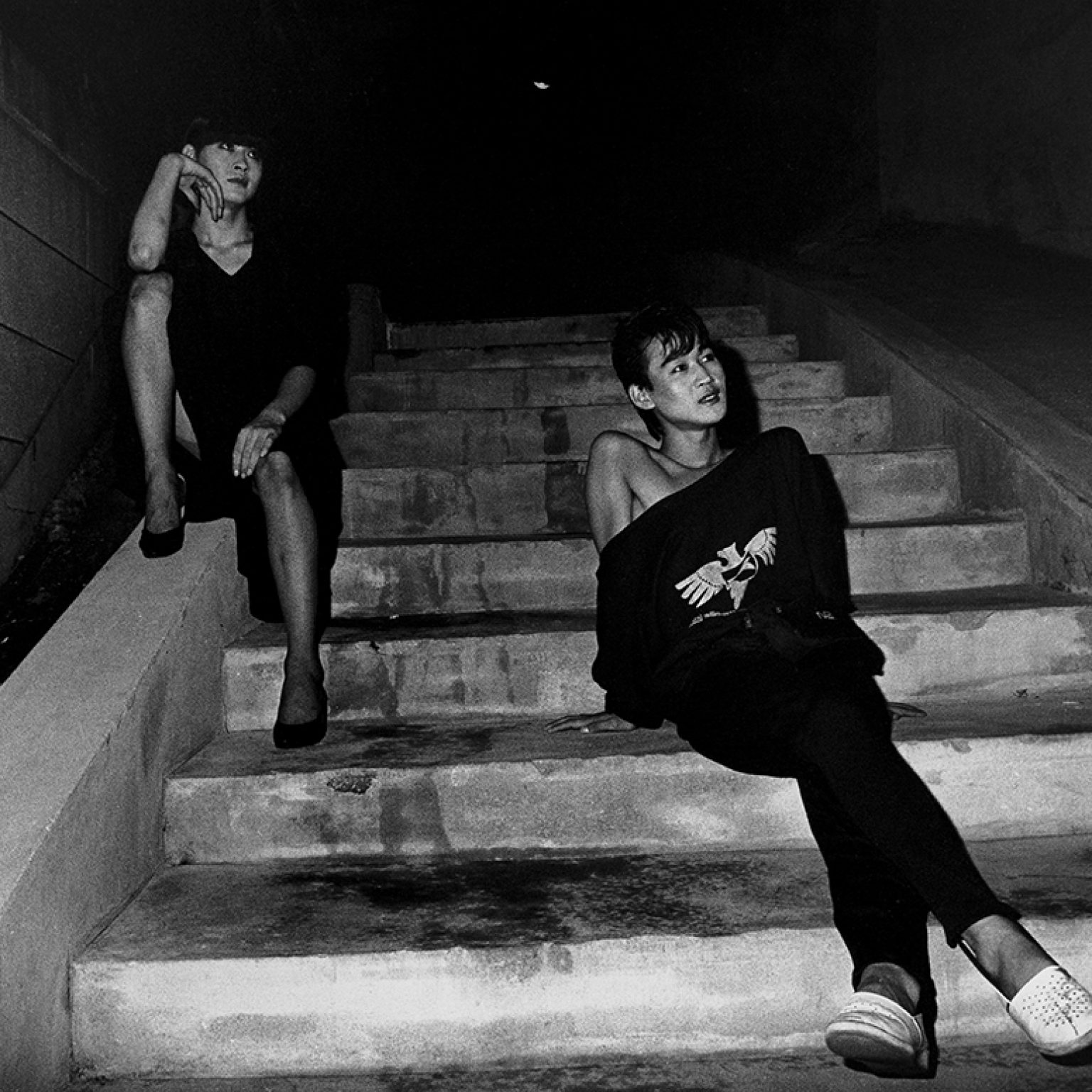
Bounded by high cement walls with barbed wire, the Yongsan Garrison, or ‘the base,’ dominates a major part of the Itaewon area. Serving still today as the headquarters for the US military since 1957, the garrison was actually built in 1910 and occupied by the Imperial Japanese Army. For more than 100 years, this political pocket claims the presence of foreign power. Likewise, cultural and economic enterprises servicing this foreign presence have been since compulsory.
After the Liberation of August 15, 1945, Korean popular culture was emancipated from Japan’s seizure to then become circumscribed with the entrance of the American Occupational Forces. The liberation process overtly positioned American culture as a mainstream element in Korean daily lives. This is strongly apparent in the intense establishment of radio broadcasting by the American Occupational Forces. While the Japanese used the radio for organizational purposes, the American military infiltrated radio broadcast as part of their enculturation agenda. As the chief resource to reach the most Koreans, the radio became an important means of American policy and cultural promotion. By 1957, the American Forces Korea Network (AFKN) launched and sonically penetrated Korean homes with American pop music.
Complementing this aural acquisition, a new standard of Korean pop music emerged. Throughout the 1960s, Korean entertainers were trained to identify themselves with and mimic American pop artists for US military entertainment. Heejoon Choi aka Nat King Cole; Patti Kim aka Patty Page; and the Kim Sisters, Korea’s first girl group to tour the US, were featured on the 8th Division Stage — a musical showcase made solely to amuse the Yongsan Garrison. As these 8th Division Stage musicians gained exposure through the radio, they became the vanguard of modern Korean music mainstream. The songs exuded promising sounds of American standard pop, jazz, and blues combined with popular rhythms from slow rock, swing and waltz. In general, the 8th Division entertainers conveyed a very “American” middle-class lifestyle that effectively resonated into Korean homes.
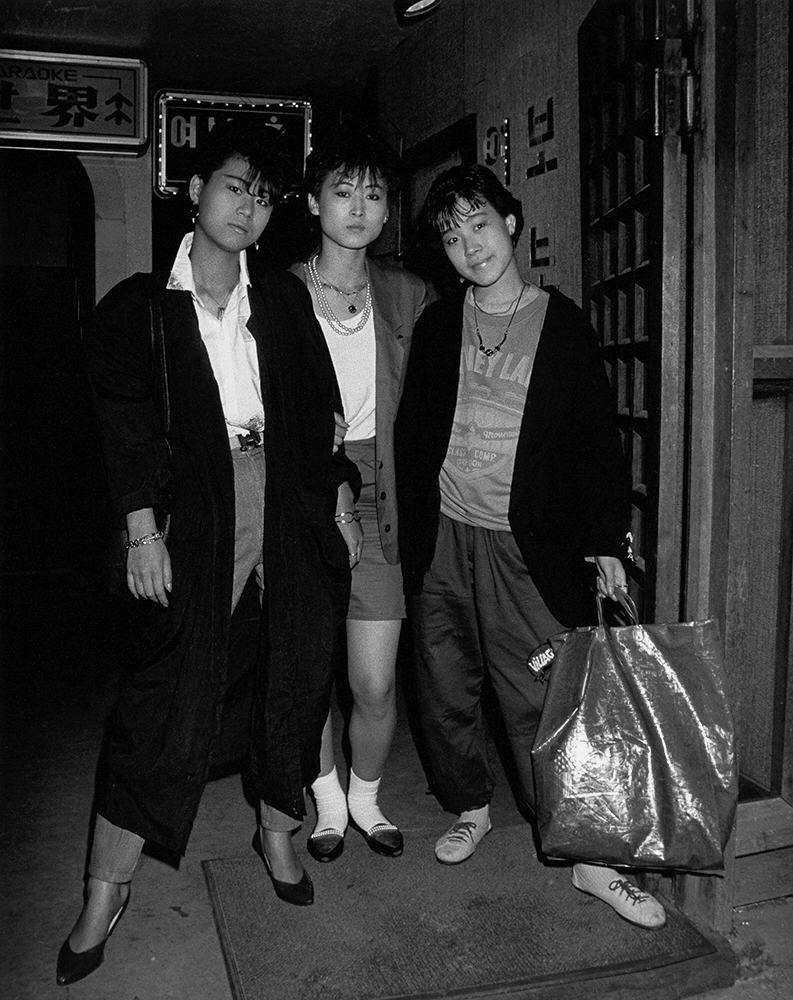

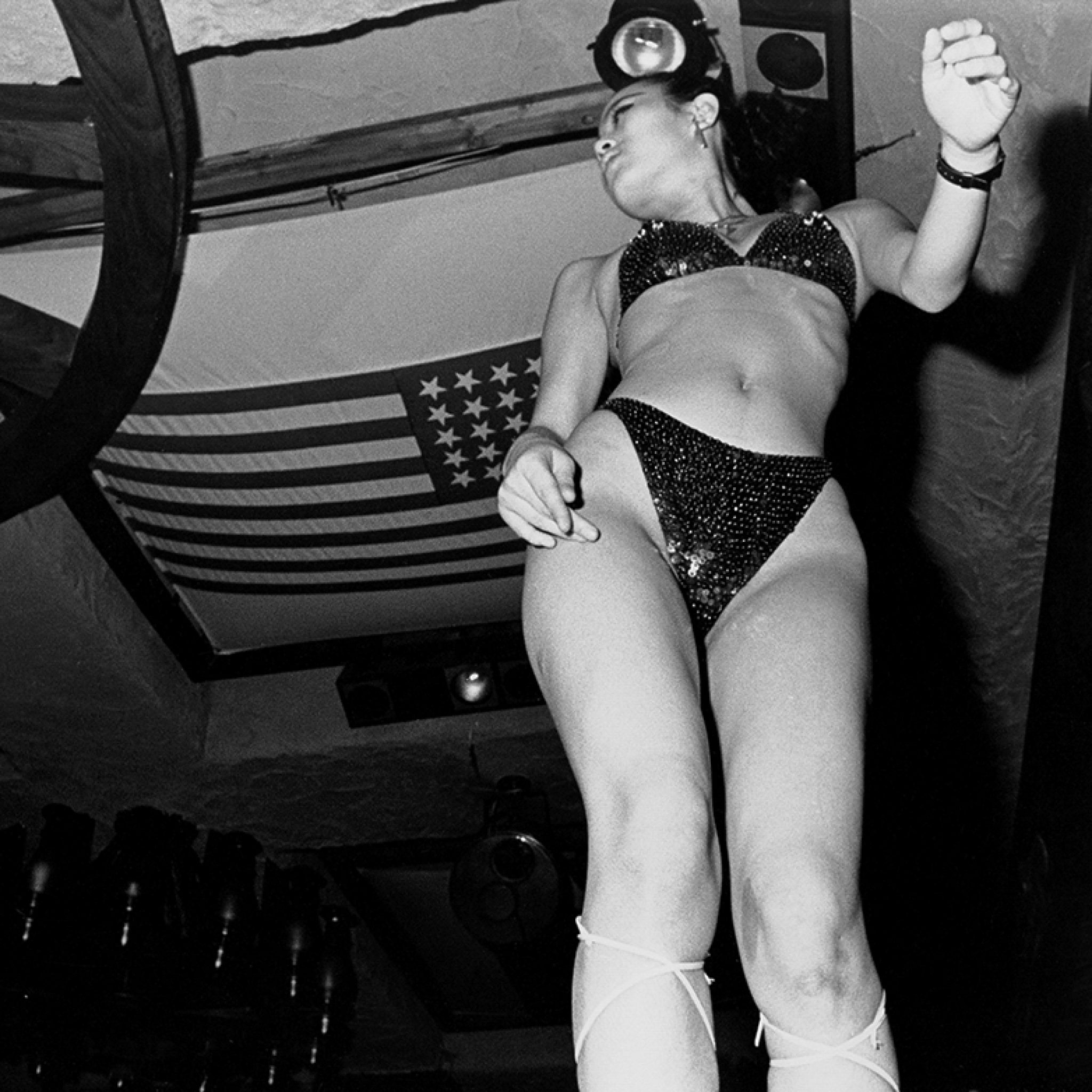
A-line mini skirts, knee-high patent leather boots and the Godfather, Chuck Brown, moved beyond the household and onto the streets. The 1970s marked an influx of go-go clubs and expressive youth. Clouded in smoke and exotic conversation, privileged university students gathered in go-go clubs to strut and socialize, signifying a curiosity for the unfamiliar. The freedom they found in Itaewon was the practice of a new cultural capital. Going to Itaewon meant they spoke a certain amount of English and knew the music. This is an early example of the inchoate appropriation of global youth culture as a means for youth to differentiate from within and assimilate from without.
Political youth in the US produced folk songs and those in Korea responded. Across the globe, music and fashion became markers of a shared youth culture. Bars and clubs burgeoned and young Koreans listened to rock and wrote rock songs while smoking weed and growing their hair out. Nevertheless, this freedom of flagrance came to an abrupt stop.

“It was Korea but not ours”
On June 7th, 1975, Korean pop music that once admired, imitated, and essentially internalized American culture, became outlawed. A measurement administered by the Park Chung-hee regime aimed to purify pop music, particularly nullifying politically imbued American hippie counterculture. Koreans today light-heartedly joke that this measurement came about after Park caught his long hippie-haired son smoking pot. More than 300 “unhealthy pop songs” were banned under the circumstances that they were marijuana related, destructive, and/or revolutionary. ‘Godfather of Korean Rock,’ Shin Jung-hyeon was arrested for alleged marijuana use in addition to some of his songs listed illicit. Behavioral restrictions included curfews and the prohibition of smoking marijuana, wearing miniskirts, having long hair, and entertainers using English stage names. Basically, Park aimed to cleanse what was then damagingly ‘American’ in Korean culture.
Post Park’s political regime and his assassination, the pro-democratic and anti-American student movements, and a rotation of three presidents in one decade, the 1980s, concisely put, was profoundly volatile. Despite the social and political instability, Itaewon continued to develop as a chief economic player. Discotheques and DJs, counterfeit goods, and camp towns that serviced prostitution to the US military — Itaewon gained notoriety as Seoul’s one-stop spot for all things hedonistic.
“I was introverted and timid- in my early 30s. So, I made myself go [to Itaewon]. Some time in May of 1984. It was brisk and I walked from Hannam-dong towards Itaewon to the fire station. It was a big deal for me to shoot. Not anyone could go there. Nobody I knew went there. Itaewon was America and it was scary. It was Korea but not ours. Soldiers, prostitution. Everybody was stoned. You couldn’t be openly gay. And it was so goddamn expensive. Back then, a table was $25.” – Photographer Namjin Kim speaks on his experience shooting ‘Itaewon Nights’

The Asian Games and the Olympics of the late 1980s brought on much international attention to the country and likewise Itaewon was highlighted as the hub for foreign entertainment and currency. Criticized though for being a space serviced for the US Army, the government and the city of Seoul aimed to maximize multicultural commerce already rooted and minimize the indulgences meant for American soldiers i.e. a heavy crackdown on prostitution and segregated bars.
The commercial restructuring of Itaewon in the early 1990s was a catalyst for newfound interactions especially within the club scene. Before, clubs and bars for the US military were separated from those for native Koreans, but redefining these boundaries meant soldiers and citizens could dance amongst each other. This direct cultural exchange amounts to a significant turning point for modern Korean pop music and the K-Pop industry as we know it today.
Breaking records in the global mainstream, the Golden Era of American hip hop came full force into Korea’s mainstream. The country’s first generation of dancers was to gain the most from it.
“Basically, Park aimed to cleanse what was then damagingly ‘American’ in Korean culture.”
A hidden gem for playing an array of house, trance, and hip hop music, Moonlight Club incubated a handful of Korea’s first contemporary pop stars that came from a dance foundation. The likes of Yang Hyun-suk, Park Jin-young and Hyun Jin-young were Moonlight regulars. In 1990, Hyun Jin-young Hyun debuted as SM Entertainment’s first K-pop artist to eventually be recognized as a forerunner of Korean hip hop. Fellow dancers, Yang Hyun-suk and Park Jin-young also debuted and would later respectively become K-pop entertainment moguls, YG and JYP.
Over the next decade, the K-pop industry learns to capitalize on global youth trends by manufacturing culturally ambiguous artists. Groups of up to 12 girls, nipped and tucked to an Eastern standard of Western beauty and designated personality profiles, candy-coated stripper moves, English names and the random English phrases in each chorus — this formulaic transnationalism of K-pop is how it garners appeal throughout Asia, the Americas, and so forth. A matured byproduct of the Moonlight sessions, the industry continues to take notes from Itaewon’s ever-evolving music scene.
Amongst a slew of trying nightclubs and venues, one in particular continues to justify the cultural efficacy of Itaewon– Cakeshop. Established in 2012, Cakeshop, once a strip club that serviced American soldiers, inculcates the proper requisites of an underground music club. Three Canadian expatriates run the venue and pride themselves on the sharpest weekly line-ups; housing artists like James Blake and the 1-800-Dinosaur crew for a surprise Sunday session, to having the one and only DJ Rashad for their first footwork party just a few months before he passed. Of course, the K-pop follows through when CL and G-Dragon of YG Entertainment want in and make discreet appearances here and there.
In Seoul, you hear it first at Cakeshop. Hosting the healthiest roster of local and international DJs and producers, the venue supports the local music scene by providing cultural exchange and nurturing creative potential.
It makes sense Cakeshop was the first venue to play trap and it makes sense that it was one of the first venues that heard Keith Ape’s ‘It G Ma (Never Forget)’ live. Fresh from Seoul’s suburbs and now based in Los Angeles, Keith Ape is a very rare, perhaps only, example of an underground Korean artist to cumulate international pull. More than pull, he landed a mini US tour including selling out shows at New York’s S.O.B.’s and SXSW within three months of the single’s video release. This one song has more than 18 million YouTube views; a remix with notable names ASAP Ferg, Father, Waka Flocka Flame, and Dumbfoundead; and ignited an unparalleled ‘underwater’ movement across the globe.
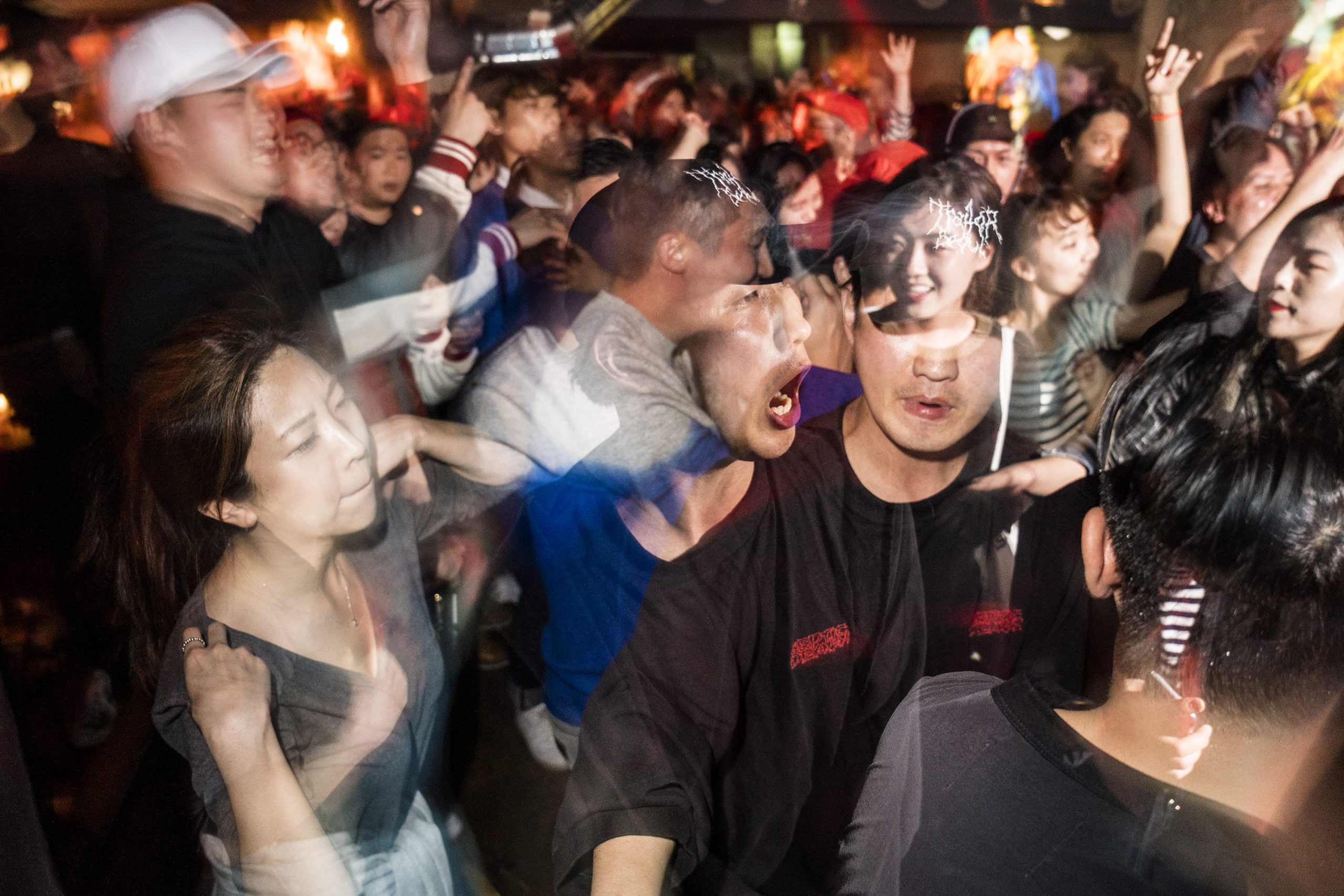
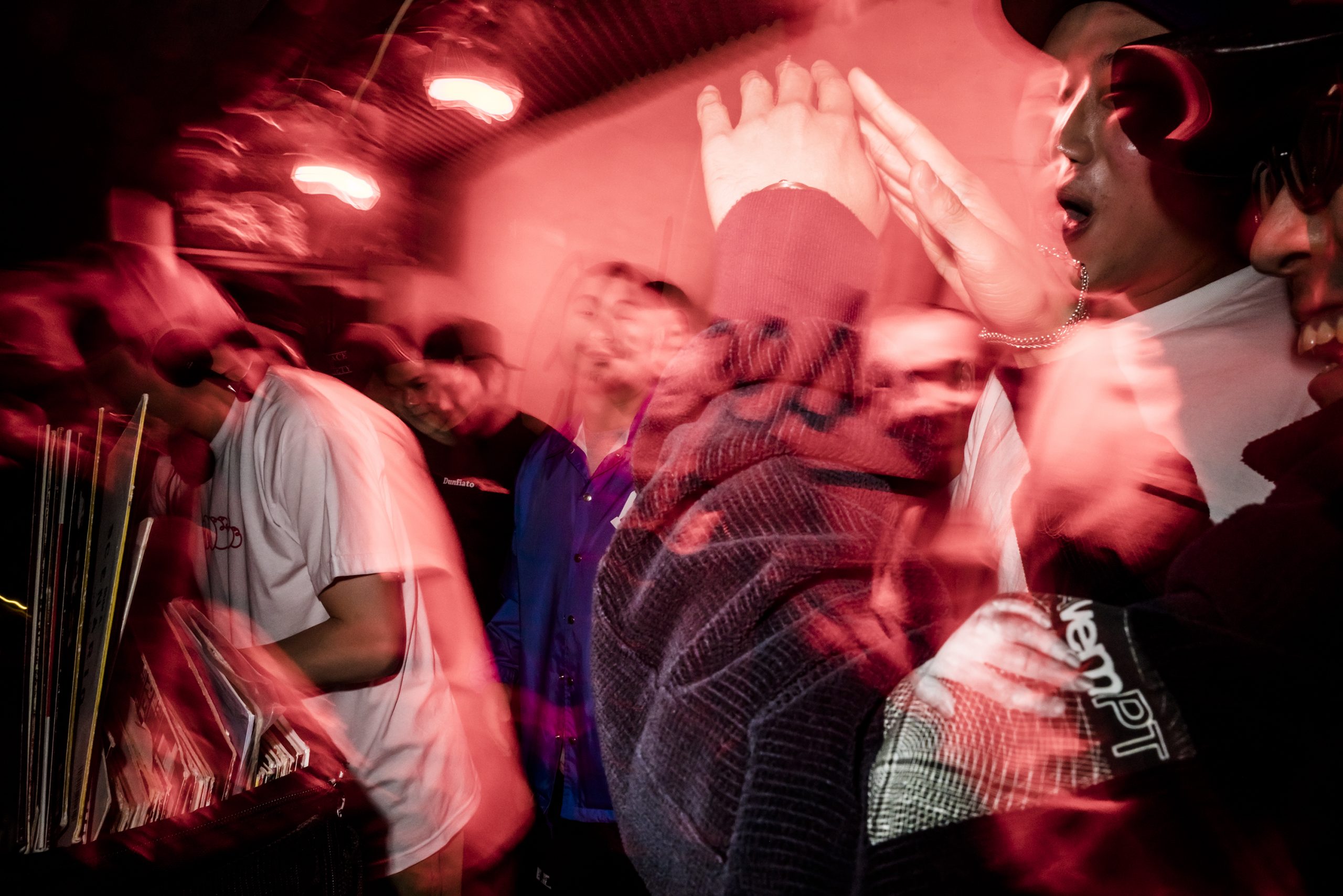

Thanks to the infinite scale of the World Wide Web, Keith’s track was embraced because it is representative of the global hybrid youth. The song intentionally sounds and looks very much like OG Maco’s ‘U Guessed It.’ Though alternately set in Itaewon’s IP Boutique Hotel with Korean and Japanese rappers sipping Cass (a staple Korean beer) and makgeolli (Korean rice wine), it is exceptionally seductive. Asian rappers on an Atlanta-style beat, novel indeed, but so effectively provocative that it even got K-Pop queen CL on the trap train. Her US debut single, ‘Doctor Pepper,’ was produced by Diplo and features RiFF RAFF and none other than OG Maco. Even visually, the track first came out on Mad Decent’s Youtube channel with artwork specifically mimicking that of ‘It G Ma’ which also flips visual designs from OG Maco’s original. Ironically, the lyrics of ‘It G Ma’ criticize K-pop’s tendency to usurp parts of the underground to then polish into colorful hints of globalism. As is the case of all mass Culture taking hints from underground subcultures, the give and take from ‘above the line’ to ‘below the line’ is recursive.
Since Keith’s sudden plunge to fame, he’s been touring on this one track with a handful of features sprinkled over the past year. Biggest news as of recent, young addition to Skrillex’s OWSLA label, Josh Pan released a remix of the ‘It G Ma’ remix with Ferg and Father. This version is 10 minutes longer than the first remix, substantiating the artist’s decision to call it an ‘Opus.’ Co-produced by sakuraburst, MISOGI, X&G, MEDASIN, and oshi, this rework of a rework brings on a new verse from singer/producer Anderson .Paak.
The longevity of ‘It G Ma’ in its renditions, and renditions of renditions, is questionable. But what is significant is this song, lauded by youth from the States and back to Seoul, will be remembered as an exceptional union between Korean and Japanese rappers backed by an Atlanta-based beat. Fundamentally born from a fifty plus year practice of music in Itaewon, ‘It G Ma’ cements the continuing cultural clout of this small, but significant, club scene.



























